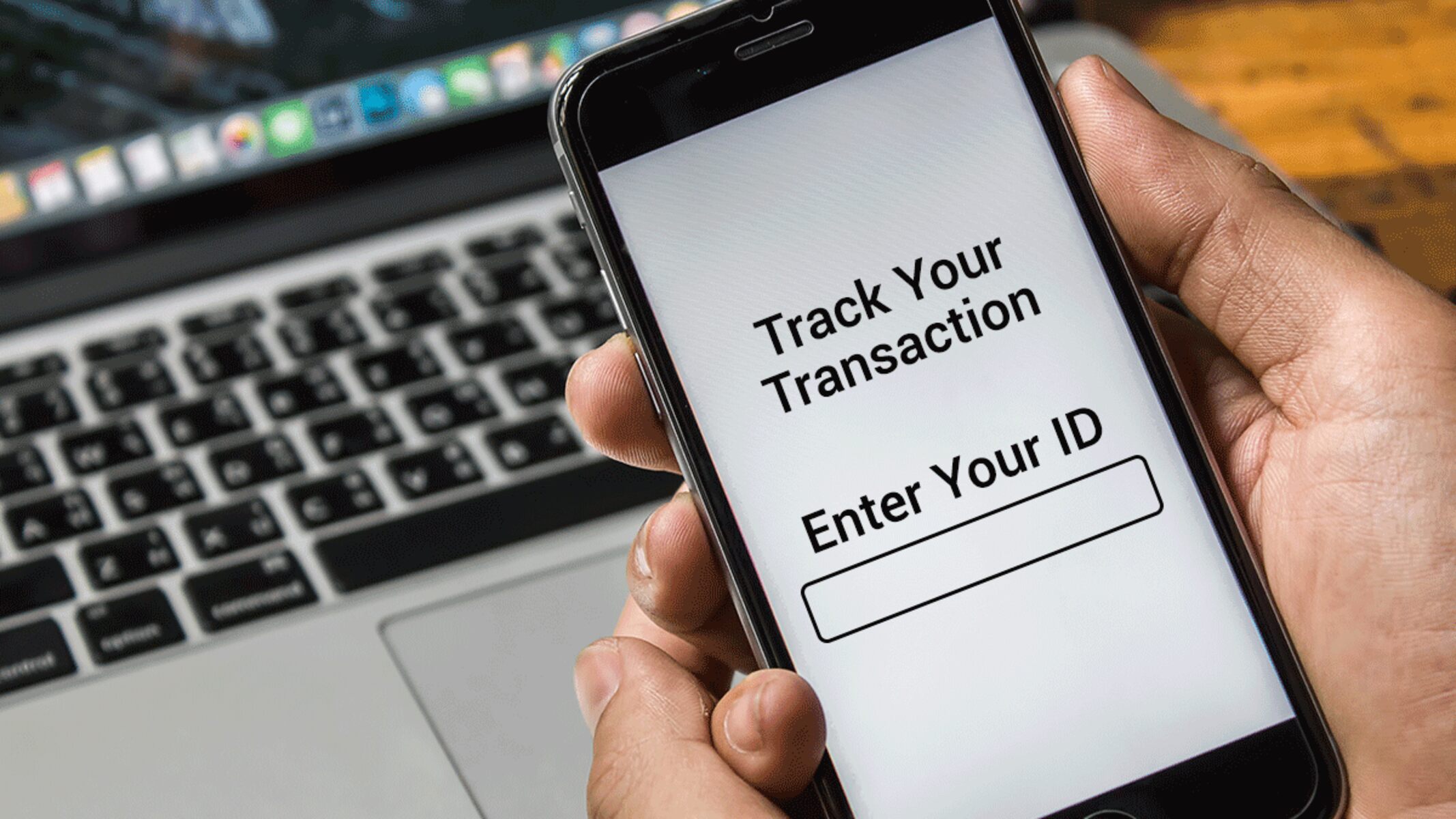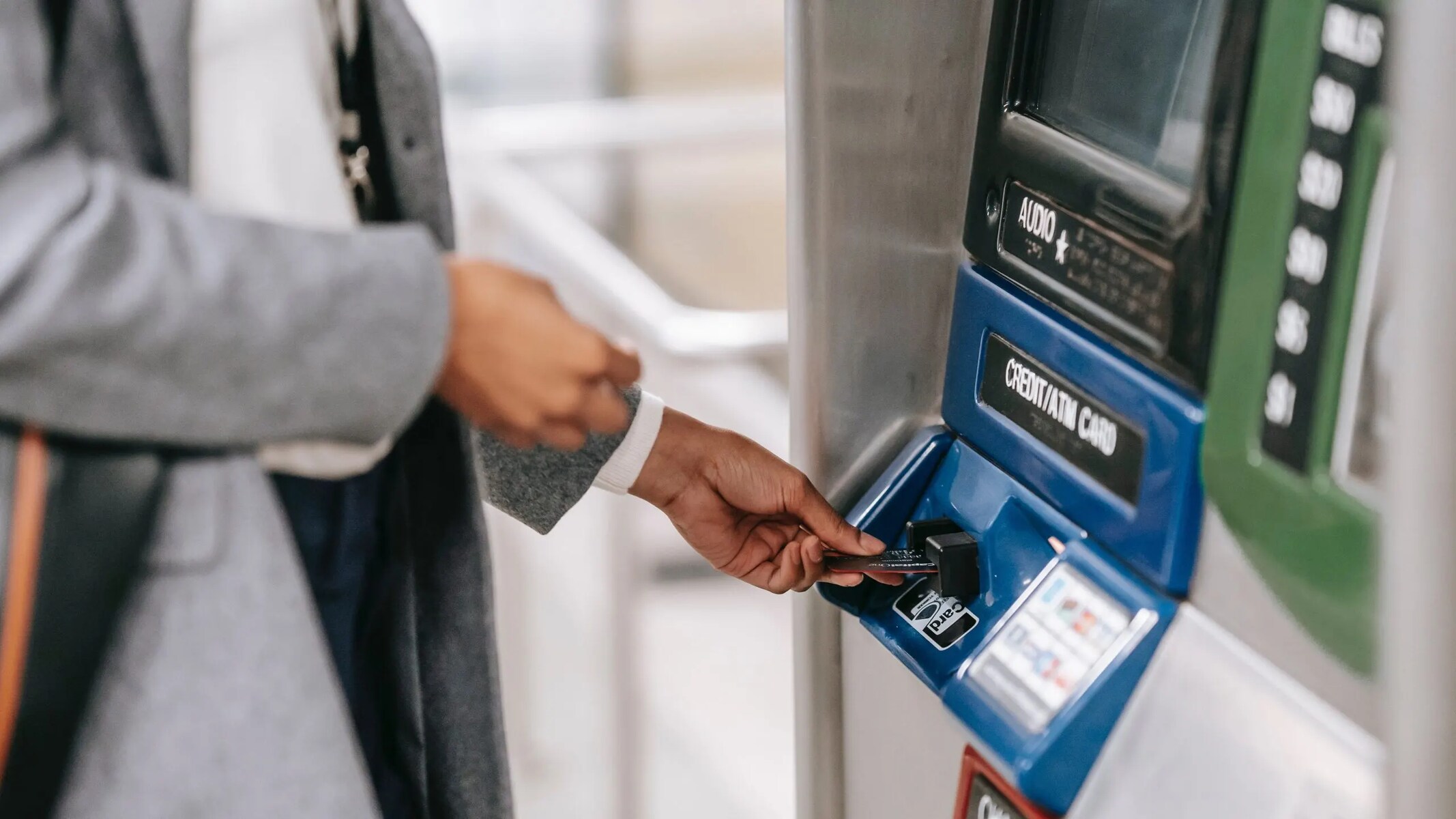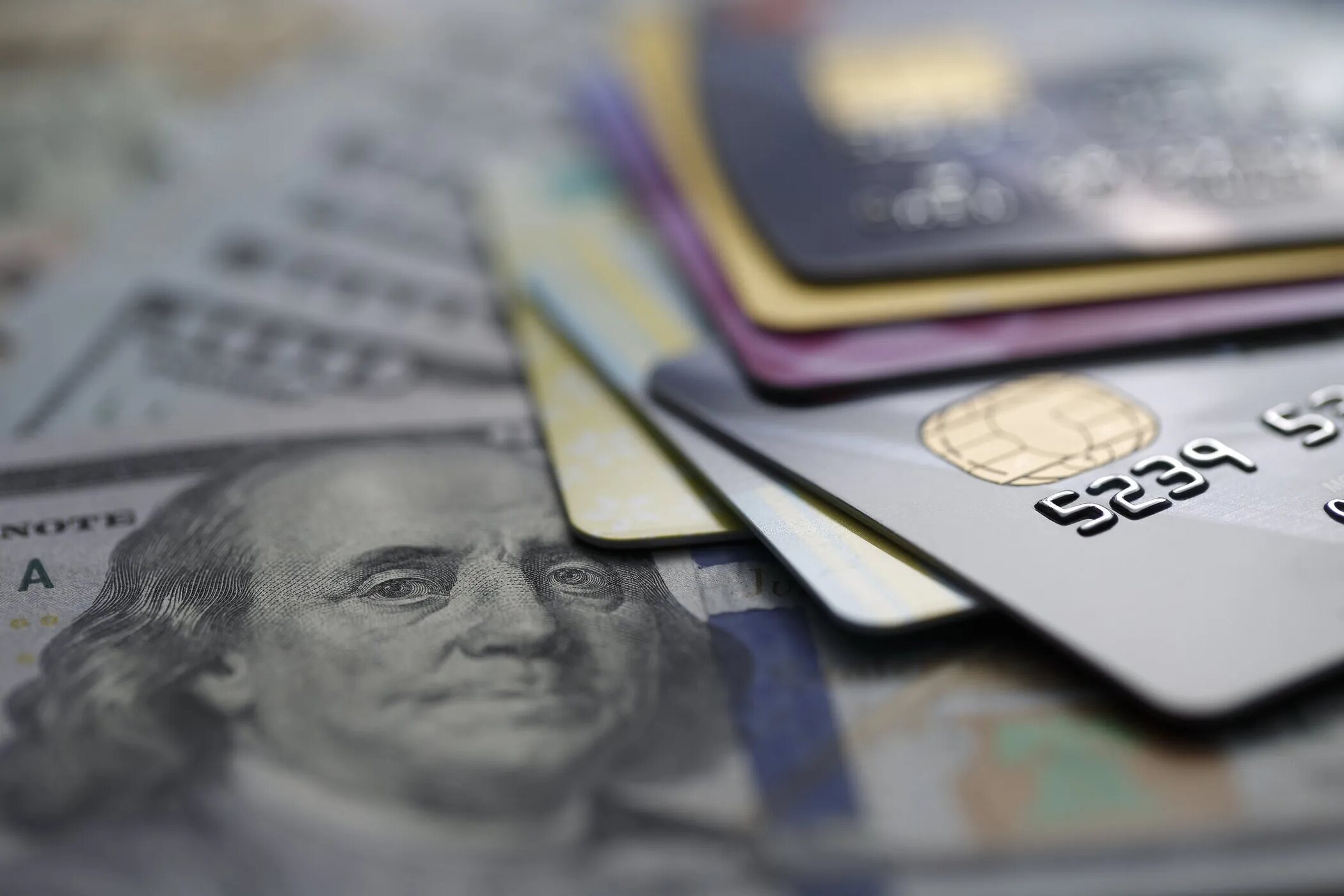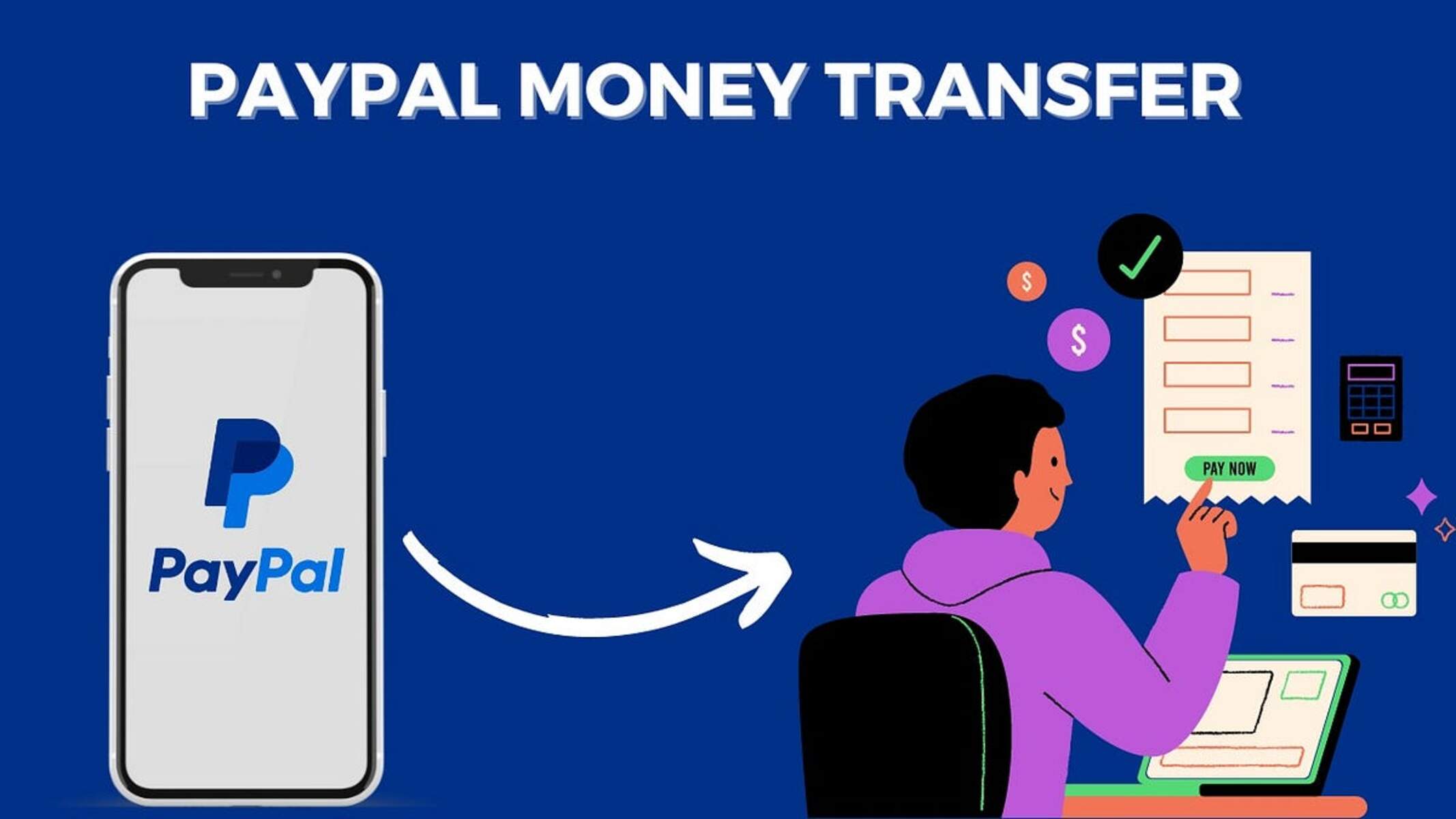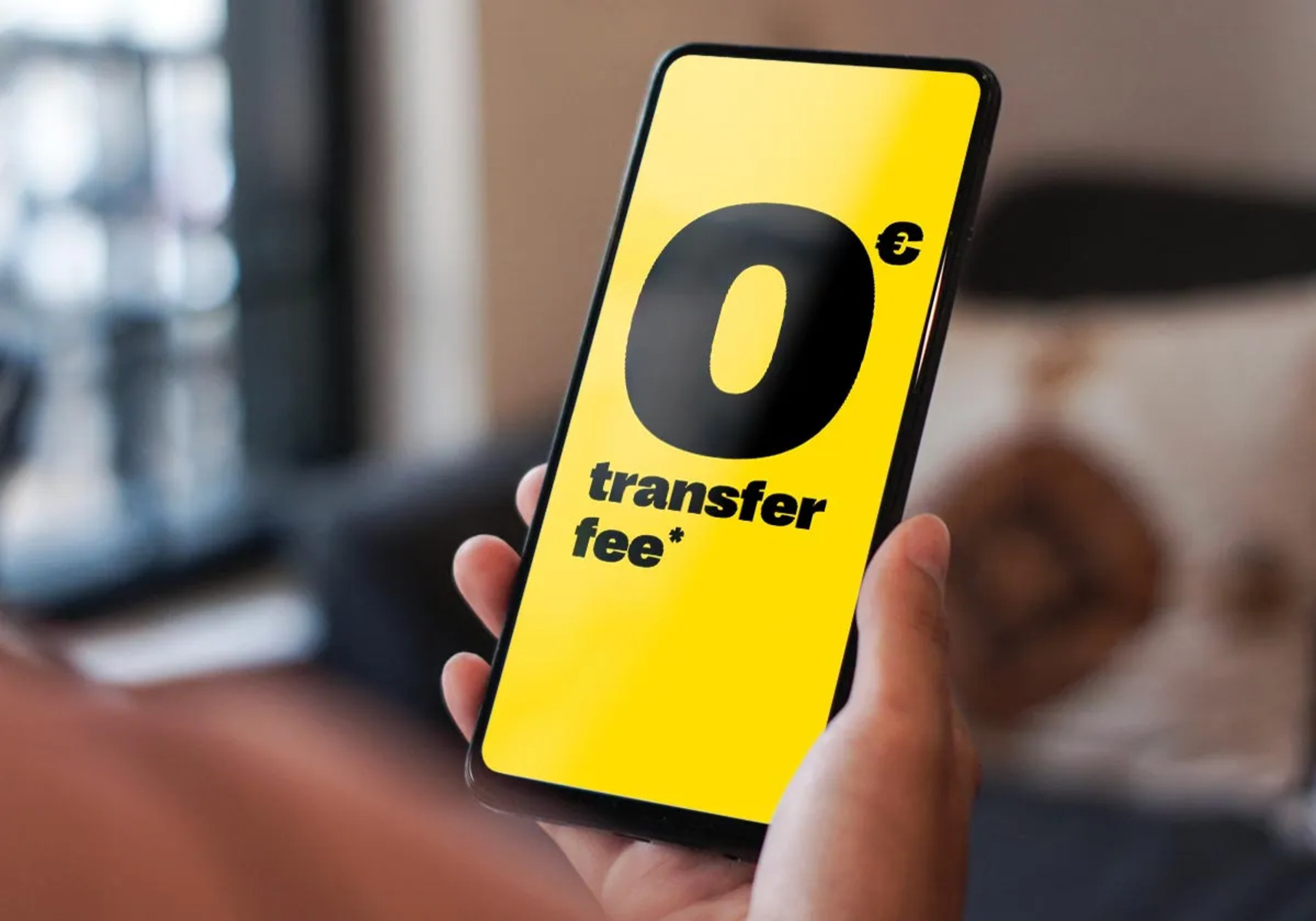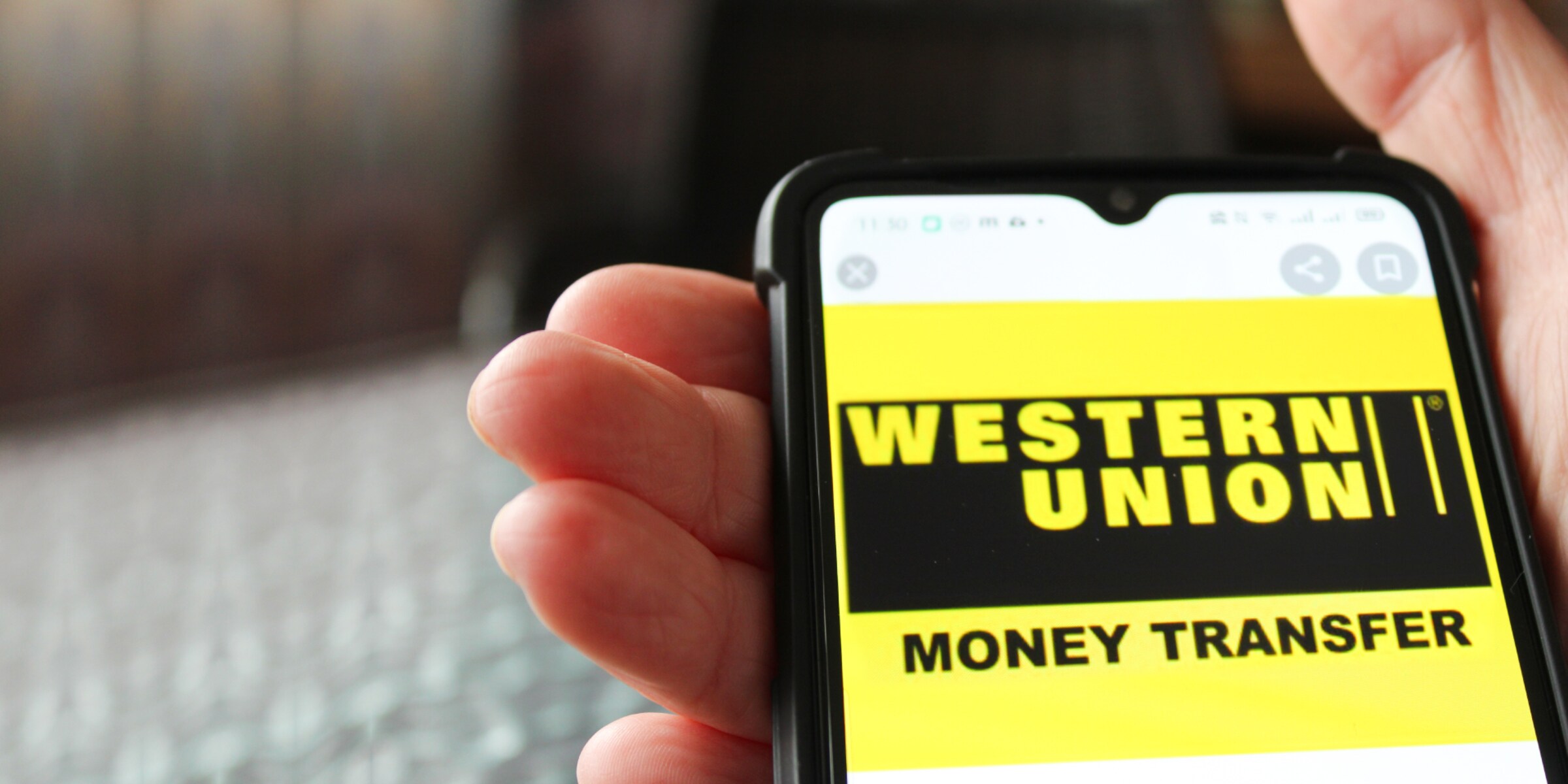Introduction
Hawala money transfer is a method of transferring funds that has existed for centuries and continues to thrive in certain parts of the world. In simple terms, it is an informal and unregulated system of moving money from one place to another without involving traditional banking channels. Hawala, which is derived from the Arabic word “havala,” meaning “to transfer,” is a highly efficient and widely used system, particularly in regions where access to formal banking services is limited or where individuals prefer to operate outside the traditional financial system.
At its core, hawala relies on trust and the network of hawaladars, or hawala brokers, who facilitate the transfers. The process involves two parties, known as the sender and the receiver, who entrust the hawaladar with the money to be transferred. The sender provides the hawaladar with the funds, along with a password or a code known as the “hundi,” which the receiver will need to provide to collect the money at the destination.
Unlike traditional banking, hawala transactions are not accompanied by any physical movement of money. Instead, the hawaladar settles the transaction by balancing the books of accounts maintained within the hawala network. This network spans across different locations, often across international borders, and relies heavily on personal connections and established relationships to facilitate the smooth transfer of funds.
While hawala is often associated with illegal activities and money laundering, it is important to note that it also serves legitimate purposes for many individuals and communities. It offers several benefits, such as lower transaction costs, faster transfers, and increased privacy and confidentiality. However, hawala also possesses inherent risks and limitations, including the lack of a legal framework, potential for fraud, and limited recourse in case of disputes.
This article aims to delve deeper into the world of hawala money transfer, explaining how it works, discussing its advantages and disadvantages, examining its legality, and comparing it to traditional banking. It will also highlight historical examples of hawala transactions to provide a broader context for understanding this alternative financial system.
What is Hawala?
Hawala is an informal and alternative money transfer system that originated in the Middle East and South Asia. It is a trust-based method of moving funds from one location to another without the need for formal financial institutions. In essence, hawala operates on personal connections and the reputation and integrity of the hawaladars.
The key characteristic of hawala is the reliance on a network of hawaladars who act as intermediaries in the transfer process. These individuals are often trusted members of the community who have built a reputation for honesty and reliability. Hawaladars may include shopkeepers, community leaders, or even family members.
When a person wants to send money through hawala, they give the funds to a local hawaladar along with specific instructions regarding the recipient and the amount to be transferred. The hawaladar then contacts a counterpart in the destination country, providing them with the necessary details to ensure the money reaches the intended recipient.
One of the main elements of hawala is the use of codes or passwords known as “hundis.” The sender will provide the hawaladar with a hundi, and the recipient will need to present the same hundi to the hawaladar in their location to claim the funds. This removes the need for physical movement of cash or any paper documentation, making hawala a highly efficient and discreet method of transferring money.
Hawala is often used for cross-border transactions, especially in regions where formal banking systems are inaccessible or unreliable. It is prevalent in countries such as India, Pakistan, Afghanistan, and the Middle Eastern nations.
It is important to note that although hawala is associated with undocumented and unregulated transactions, it also has legitimate uses. Many individuals and businesses opt for hawala due to the convenience, speed, and lower transaction costs it offers compared to traditional banking channels. Additionally, hawala can provide a lifeline to individuals in crisis situations or during times of economic instability.
However, the informal nature of hawala presents certain risks. The lack of a legal framework means that there is limited protection for participants in case of fraud or disputes. Furthermore, the anonymity associated with hawala can also make it attractive for illicit activities, such as money laundering or financing of terrorism. It is crucial to distinguish between legitimate hawala transactions and illegal practices that exploit the system.
Overall, hawala is a unique and complex money transfer system that operates outside the traditional banking sector. While it has its advantages and disadvantages, understanding the intricacies of hawala is essential in order to grasp its role and impact in certain regions of the world.
How Does Hawala Money Transfer Work?
Hawala money transfer is a system that relies on a network of trusted intermediaries, known as hawaladars, to facilitate the movement of funds between different locations. Unlike traditional banking, hawala operates on a highly decentralized and informal basis, making it an alternative financial mechanism that has been utilized for centuries.
The process of hawala money transfer involves several key steps:
- Initiating the transaction: The sender approaches a local hawaladar and provides them with the amount of money to be transferred. The hawaladar may ask for identification to establish trust and verify the sender’s legitimacy.
- Providing instructions: The sender provides specific instructions regarding the recipient of the funds, including the recipient’s name and location. This information is crucial for the hawaladar to initiate the transfer process.
- Settling the transaction: The hawaladar contacts their counterpart, often located in the destination country, through established communication channels. They provide the necessary details of the transfer, including the recipient’s information and the agreed-upon amount.
- Authentication through hundi: The sender provides the hawaladar with a code or password known as a “hundi.” This hundi serves as the verification for the recipient to claim the funds. The sender and recipient both possess the same hundi, ensuring the security and integrity of the transaction.
- Informing the recipient: The recipient is informed of the money transfer and provided with the relevant hundi details. This enables them to visit their local hawaladar and claim the funds by presenting the hundi. It is crucial for the recipient to provide the accurate hundi to ensure a successful transaction.
- Payment to the recipient: Once the recipient presents the hundi to the local hawaladar, the funds are disbursed to them. The hawaladar deducts their fees or commission, which is usually a small percentage of the transferred amount.
It is important to note that hawala money transfer operates on the basis of trust and established relationships. The hawaladars rely on their reputation and personal connections within the network to ensure the smooth transfer of funds. Their integrity and trustworthiness play a significant role in attracting customers and maintaining the confidence of all parties involved in the transaction.
While hawala offers certain advantages, such as faster transfers and lower transaction costs, it also presents risks. The informal and unregulated nature of the system means that there is limited legal recourse in case of disputes or fraudulent activities. Additionally, the lack of transparency and documentation can make it susceptible to misuse for illicit purposes, such as money laundering or financing of illegal activities.
Despite these risks, hawala continues to be an important financial mechanism in many parts of the world, providing individuals with access to funds when traditional banking channels are not available or preferred. Understanding the inner workings of hawala money transfer helps shed light on its significance and impact within certain communities and regions.
Advantages of Hawala Money Transfer
Hawala money transfer, despite its informal and unregulated nature, offers several advantages that make it an attractive option for individuals and businesses in certain circumstances. These advantages include:
- Speed and Efficiency: One of the primary advantages of hawala is the speed at which funds can be transferred. Since hawaladars operate within a network of trusted intermediaries, they can quickly settle transactions and facilitate the movement of money between different locations. This makes hawala an efficient method for urgent or time-sensitive transfers.
- Lower Transaction Costs: Another significant advantage of hawala is the relatively low transaction costs involved. Traditional banking systems often impose high fees for international transfers or impose stringent currency exchange rates. In contrast, hawala transactions typically involve lower fees, making it an affordable option, especially for individuals who regularly send remittances to their home countries.
- Accessibility: Hawala provides access to financial services in regions where formal banking systems may be limited or inaccessible. This is particularly valuable for individuals in remote areas or underserved communities who may not have easy access to traditional banks. Hawaladars often operate within communities, making it more convenient for individuals to utilize their services.
- Confidentiality and Privacy: The privacy and confidentiality offered by hawala money transfer is another advantage that appeals to many individuals. Since hawala transactions do not involve extensive documentation or paperwork, they offer a level of anonymity for both senders and recipients. This can be beneficial for individuals who value privacy and prefer to keep their financial transactions discreet.
- Flexible Transfer Amounts: Hawala provides flexibility in terms of transfer amounts. Unlike traditional banking systems, hawala does not impose strict limits on the amount of money that can be transferred. This flexibility allows individuals to send small or large sums depending on their specific needs, without being restricted by arbitrary transfer limits.
It’s essential to mention that while hawala offers these advantages, it also possesses inherent risks and limitations. The lack of a legal framework and oversight can make it susceptible to abuse for illicit activities. Additionally, given the informal nature of hawala, there is no guarantee of consumer protection or recourse in case of disputes or fraud.
Understanding these advantages and considering them in context is crucial when evaluating hawala as a potential money transfer option. Individuals and businesses should carefully weigh the benefits against the risks and make informed decisions based on their specific circumstances and needs.
Disadvantages of Hawala Money Transfer
While hawala money transfer offers certain advantages, it also presents several disadvantages and risks that should be taken into consideration. These disadvantages include:
- Lack of Legal Framework and Regulation: One of the main drawbacks of hawala is the absence of a legal framework and regulatory oversight. Unlike traditional banking, hawala operates outside the purview of financial regulations and authorities. This lack of regulation increases the risk of fraudulent activities and leaves participants with limited legal recourse in case of disputes or fraudulent transactions.
- Potential for Misuse and Illicit Activities: The anonymity and discretion offered by hawala make it an attractive option for individuals engaged in illicit activities such as money laundering or financing terrorism. The absence of a transparent system and the reliance on personal connections within the hawala network can make it susceptible to misuse, posing significant risks to the integrity of the financial system.
- Limited Consumer Protection: Unlike traditional banking, hawala transactions do not come with the same level of consumer protection. In the event of fraud or disputes, there are limited avenues for recourse. Since hawala operates on trust and personal relationships, it can be challenging to hold hawaladars accountable for fraudulent practices or failed transactions.
- No Paper Trail: Another disadvantage of hawala is the lack of a paper trail or documented proof of the transaction. Unlike traditional banking where transactions are recorded and can be easily tracked, hawala operates primarily through verbal agreements and trust. This lack of documentation can make it difficult to trace funds or provide evidence in case of legal or financial investigations.
- Exchange Rate Risks: Hawala transfers often involve currency exchange, which exposes participants to exchange rate risks. Since hawaladars determine the exchange rate, there is a possibility of unfavorable rates or hidden fees. This lack of transparency regarding exchange rates can result in recipients receiving less money than anticipated.
It is important for individuals considering hawala money transfer to be aware of these disadvantages and understand the associated risks. While hawala can offer certain benefits, such as lower transaction costs and faster transfers, it is crucial to assess whether the advantages outweigh the potential drawbacks. Risk assessments should consider factors such as the trustworthiness of hawaladars, the legality of the transactions, and the necessity for consumer protection.
Overall, hawala presents unique disadvantages and risks that individuals and businesses must carefully consider before engaging in such transactions. It is essential to exercise caution and conduct due diligence to ensure the legality, transparency, and integrity of the money transfer process.
Legality of Hawala Money Transfer
The legality of hawala money transfer varies across different countries and regions. While hawala is legal in certain jurisdictions, it is viewed as a gray area in others, and there are nations where it is outright illegal. The legal status of hawala depends on various factors, including local financial regulations, anti-money laundering laws, and the level of control exercised by authorities over financial transactions.
In countries where hawala is legal, it is often subject to certain regulatory requirements and compliance measures. These may include registration or licensing of hawaladars, reporting of transactions above a certain threshold, and enforcement of anti-money laundering and counter-terrorism financing measures.
However, in many countries, hawala operates in a legal gray area due to the lack of proper regulation and oversight. This absence of a clear legal framework can pose challenges in terms of consumer protection, financial transparency, and the potential misuse of hawala for illicit activities.
It is important to note that despite the perceived risks and associations with illegal activities, hawala also serves legitimate purposes in many communities. In regions with limited access to formal banking services, hawala provides a lifeline for individuals and businesses, enabling them to transfer funds and manage their financial affairs.
Efforts have been made by various international organizations and governments to regulate hawala to prevent its misuse for illicit purposes. These measures aim to strike a balance between ensuring the integrity of the financial system and allowing individuals to benefit from the advantages that hawala offers.
However, the legal status of hawala alone does not guarantee its safety or legitimacy. It is essential for individuals engaging in hawala money transfer to be vigilant and exercise caution. Conducting transactions with reputable hawaladars who operate within the bounds of the law is paramount to minimize potential risks.
Overall, the legality of hawala money transfer varies across jurisdictions, and it is crucial for individuals to be aware of the legal landscape in their respective countries. Staying informed about local regulations, complying with legal requirements, and exercising due diligence are critical to ensure the legality and security of hawala transactions.
Hawala Money Transfer vs Traditional Banking
Hawala money transfer and traditional banking are two distinct methods of transferring funds, each with their own characteristics and advantages. Understanding the differences between these approaches is important for individuals and businesses to make informed decisions regarding their financial transactions.
Speed and Efficiency: Hawala money transfer is often faster compared to traditional banking. Hawala transactions can be settled within minutes or hours, depending on the network and location of the hawaladars involved. In contrast, traditional banking transfers may take several business days to process, especially for international transactions.
Costs: Hawala generally offers lower transaction costs compared to traditional banking, especially for international transfers. Traditional banks often charge substantial fees for cross-border transactions, including additional charges for currency conversion. In contrast, hawala fees are typically lower, making it an attractive option, particularly for individuals sending regular remittances.
Accessibility: Hawala money transfer provides access to financial services in regions where traditional banking may be limited or inaccessible. Hawaladars often operate within local communities, making it convenient for individuals who do not have easy access to traditional banks or live in remote areas.
Privacy and Confidentiality: Hawala offers a higher level of privacy and confidentiality compared to traditional banking, where transactions are recorded and can be subject to scrutiny. Hawala transactions do not typically require extensive paperwork or identification verification, providing a level of anonymity to participants.
Regulation and Consumer Protection: Traditional banking is heavily regulated and subject to various legal frameworks and consumer protection measures. Banks are required to adhere to anti-money laundering laws, financial reporting requirements, and customer protection regulations. Hawala, on the other hand, operates in a less regulated environment, which can result in limited legal recourse and consumer protection in case of fraudulent practices or disputes.
Transparency: Traditional banking transactions are transparent and documented, creating a clear paper trail that enables easy tracking of funds. In contrast, hawala transactions are primarily based on personal trust and relationships, making it difficult to track or trace funds in case of legal or financial investigations.
It is important to note that while hawala offers certain advantages, it also carries inherent risks. The lack of regulation and oversight can make it susceptible to abuse for illicit activities such as money laundering or terrorist financing. Traditional banking, although more regulated, may offer greater security and legal protection for financial transactions.
Overall, the choice between hawala money transfer and traditional banking depends on various factors, including accessibility, speed, costs, and the level of trust and risk tolerance of individuals and businesses. Conducting thorough research and evaluating the benefits and risks of each option is crucial to make an informed decision that aligns with specific financial needs and circumstances.
Examples of Hawala Money Transfer in History
Hawala money transfer has a long history and has been utilized for centuries across different regions of the world. While it is often associated with informal and undocumented transactions, there are numerous historical instances where hawala played a significant role in facilitating financial transfers. Here are some examples:
- Silk Road: During the ancient Silk Road trading routes, hawala played a crucial role in enabling merchants to transfer funds across vast distances. The network of hawaladars allowed traders to conduct seamless and secure transactions, bridging the economic gap between different regions along the Silk Road.
- Muslim Trade Caravans: In Islamic history, hawala was instrumental in facilitating trade between Muslim merchants. Caravans traveling across long distances relied on hawaladars to transfer funds, ensuring safe and efficient transactions without the need for physical money transfers.
- Middle East and India: Hawala has been prevalent in the Middle East and Indian subcontinent for centuries. In these regions, hawala played a significant role in enabling individuals to transfer funds to their families or support investments in their home countries. This was particularly relevant during times of political or economic instability.
- Colonial Period: Hawala was utilized by individuals and communities during the colonial period, especially in countries occupied by foreign powers. People used hawala to move funds discreetly, avoiding detection and circumventing restrictions imposed by colonial authorities.
- Remittances: In modern times, hawala has become particularly relevant for individuals sending remittances to their home countries. Immigrants working abroad often rely on hawala to send money back to their families, taking advantage of the lower transaction costs and faster transfers compared to traditional banking.
These historical examples highlight the resilience and adaptability of hawala money transfer throughout different periods and regions. Despite its informal nature, hawala has played a vital role in supporting trade, enabling financial stability, and meeting the needs of individuals and communities in a variety of historical contexts.
It is important to note that while hawala has historical significance, modern-day hawala transactions face various regulatory challenges, and caution should be exercised to ensure legal and legitimate usage.
Understanding the historical context of hawala can provide insights into its importance and the factors that have contributed to its continued existence and relevance in certain parts of the world.
Conclusion
Hawala money transfer, an informal and alternative method of sending funds, has played a significant role in facilitating financial transactions for centuries. Its origins can be traced back to ancient trade routes and have continued to shape the economic landscape in various regions of the world.
Throughout this article, we have explored what hawala is and how it works, examining its advantages and disadvantages, and discussing its legality. We have also compared hawala money transfer to traditional banking and highlighted historical examples of its usage.
Hawala offers several advantages, including speed, lower costs, accessibility, privacy, and flexibility in transfer amounts. It is particularly valuable in regions where traditional banking services are limited or unreliable. However, the lack of legal regulation and oversight presents inherent risks, such as potential misuse for illicit activities and limited consumer protection.
Understanding the legal landscape and weighing the benefits and risks are crucial when considering hawala as a money transfer option. It is important for individuals and businesses to exercise caution and ensure the legitimacy and transparency of hawala transactions.
The historical examples of hawala’s usage demonstrate its adaptability and resilience over time. From ancient trade routes to modern-day remittances, hawala continues to provide individuals with a viable alternative to traditional banking, enabling them to meet their financial needs efficiently and effectively.
In conclusion, hawala money transfer is a unique and complex financial system that operates outside the bounds of traditional banking. While it has its advantages and disadvantages, understanding its nuances and legal implications is essential to make informed decisions and navigate the financial landscape responsibly.










